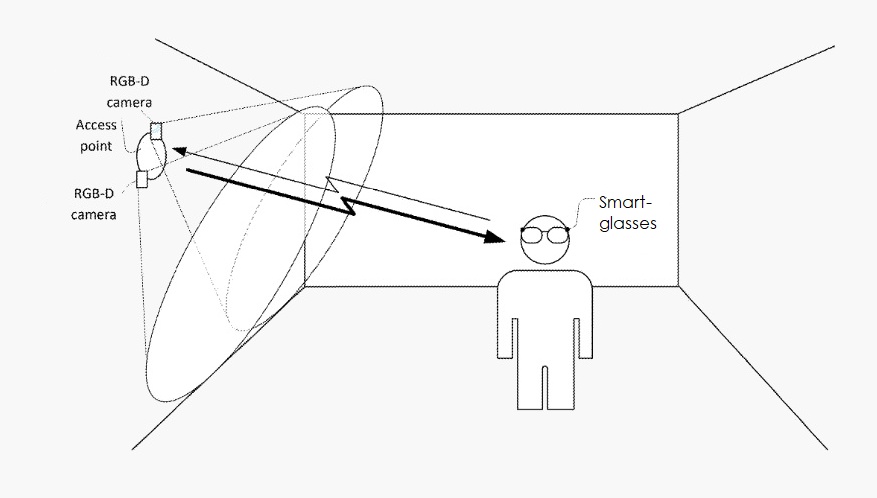Apple has secured a new patent that could reshape the future of augmented reality (AR) and extended reality (XR) devices. The filing describes a signaling system that delivers high data throughput while consuming minimal power. This breakthrough addresses two of the biggest hurdles for wearable technology — battery efficiency and real-time performance.
The Patent at a Glance
The patent outlines methods and devices that manage data transmission between sensors, displays, and processors in a wearable. Apple’s system combines analog and digital signaling to ensure fast data flow without draining battery power. It leverages amplitude shift keying (ASK) and quadrature amplitude modulation (QAM) for uplink signals, which balance speed with energy savings.
According to the claims, the system also uses control circuitry and power amplifiers to optimize how signals are processed. This design helps reduce signal loss, minimize heat generation, and extend the operating time of wearable devices.
Why It Matters for AR/XR
Apple has made significant investments in spatial computing. Devices like the Apple Vision Pro have shown the company’s push into mixed reality experiences. However, bulky form factors and limited battery life remain barriers to widespread adoption.
The newly patented signaling technology could help Apple:
- Build lighter and slimmer headsets.
- Enable higher-resolution displays with smoother frame rates.
- Support multiple sensors like LiDAR and advanced cameras.
- Deliver longer battery life for extended AR/XR sessions.
Industry Impact
Efficient signaling is vital for next-generation wearables. Competing companies such as Meta and Samsung are also racing to solve the same challenge. By protecting this innovation, Apple strengthens its intellectual property portfolio and gains an edge in the wearable market.
Experts believe this could mark a turning point for consumer-grade AR glasses, moving them from niche gadgets to mainstream devices.
Looking Ahead
Apple’s patent shows its determination to lead in next-gen wearable computing. If implemented in future products, users could experience seamless AR/XR visuals, longer sessions, and more natural interactions without being tethered to heavy hardware.
This innovation may not appear immediately, but it lays the foundation for Apple’s next wave of AR/XR wearables, potentially transforming how people work, play, and communicate.

